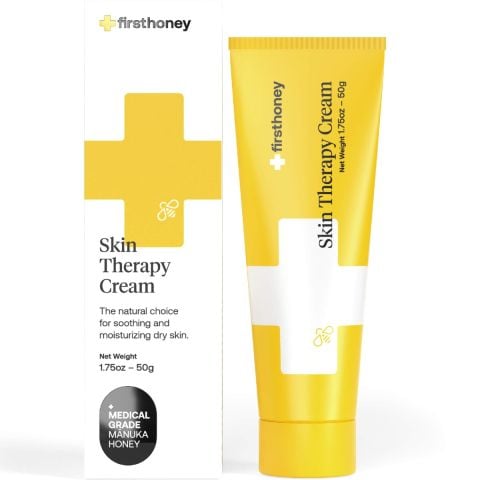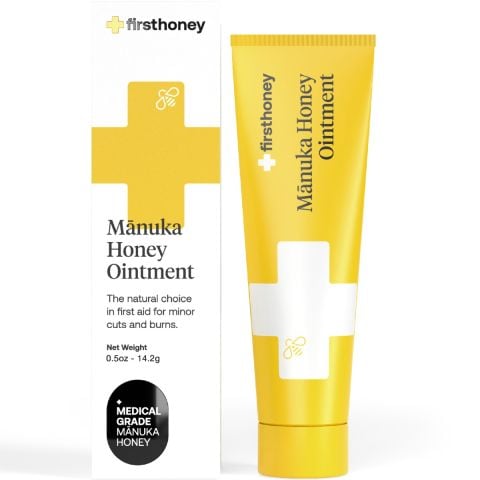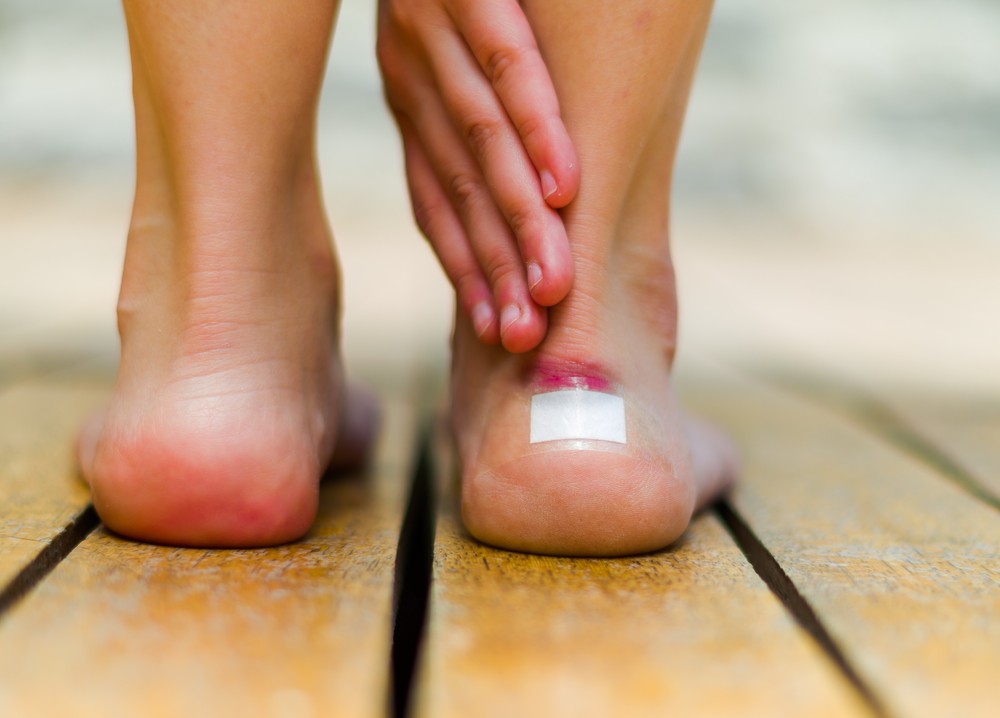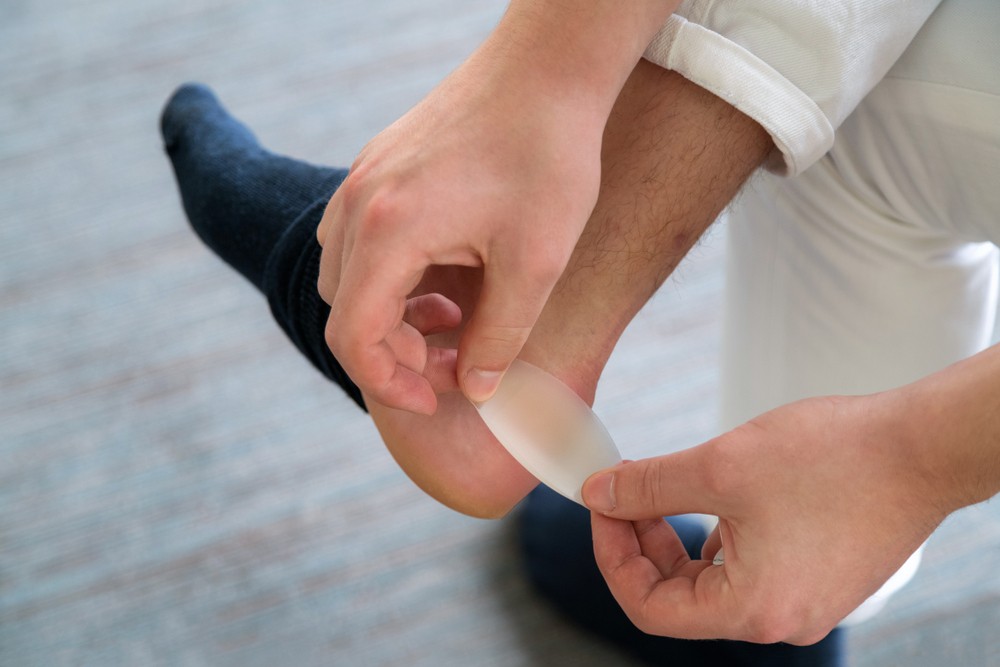FAQs
Should I pop blisters?
It is generally not recommended to pop blisters as the skin over the blister is there to protect it from further damage and infection. If the blister is small and not causing too much discomfort, it’s best to leave it alone and allow it to heal on its own.
If the blister is large or painful, you may want to consult a healthcare professional for guidance on the best course of action.
How do I know if my blister is infected?
If you notice any of the following signs, your blister may be infected:
- Increased pain, swelling, or redness around the blister
- Pus or a foul-smelling discharge coming from the blister
- A fever
- Swollen lymph nodes
What should I do if my blister is infected?
If you suspect your foot blister is infected, it’s important to seek medical attention as soon as possible. Your healthcare provider may recommend antibiotics to treat the infection and, if necessary, may drain the foot blister.
Why do I keep getting blisters?
There are many possible reasons why someone may frequently get blisters on their feet. It could be due to ill-fitting shoes, socks that are too large or small, or activities that involve a lot of friction.
It’s also possible that a medical condition, such as diabetes, could make someone more prone to foot blisters. If you are getting foot blisters frequently and are unsure of the cause, it’s a good idea to consult a healthcare professional for some further guidance.
Do heel blisters mean my shoes are too small?
Heel blisters could be a sign that your shoes are either too small or too big. Shoes that are too small can cause blisters as they are too tight-fitting meaning the material is in constant contact with the skin on your foot. On the other hand, shoes that are too big cause movement when walking, which in turn causes friction blisters.
How to treat heel blisters?
Heel blister treatment is no different to our recommendations for any other foot blisters – keep the area clean, avoid popping your blister, and apply quality blister plasters. If your heel blister has burst, we would recommend applying antibiotic ointment to reduce the chance of infection, and manuka honey for blisters to assist with healing.
Are people with diabetes more prone to blisters on their feet?
Yes, people with diabetes are more prone to foot blisters. This is because diabetes can cause nerve damage, leading to a loss of sensation in the feet.
Without proper sensation, it’s more difficult for someone with diabetes to feel when a blister is forming, which can increase the risk of blisters and make them more difficult to treat.
It’s important for people with diabetes to take special care of their feet and seek medical attention if they notice any blisters or other foot problems.
Do sweaty feet cause blisters?
Sweaty feet can contribute to the development of blisters on feet. Moisture can soften the skin and make it more prone to blister formation.
That’s why it’s important to keep your feet dry, especially if you are engaging in activities that involve a lot of friction, such as running or dancing.
To keep your feet dry, you can wear moisture-wicking socks, which can help keep your feet dry and reduce the risk of blisters on feet, or use foot powder to help absorb moisture. And, if your feet tend to sweat a lot, be sure to change your socks frequently.





